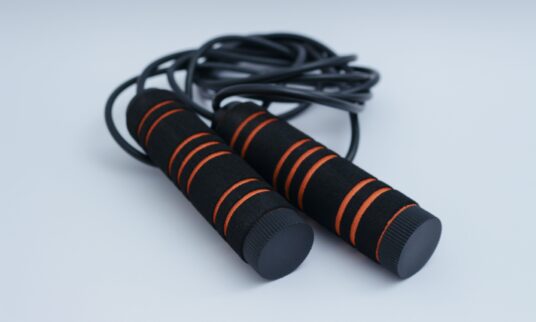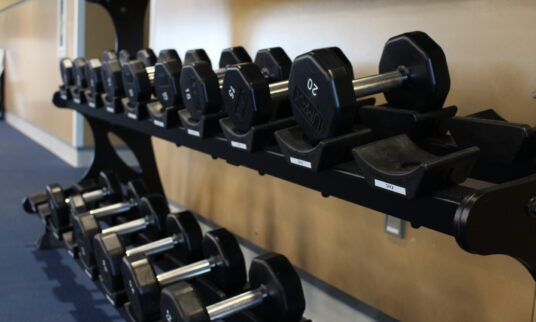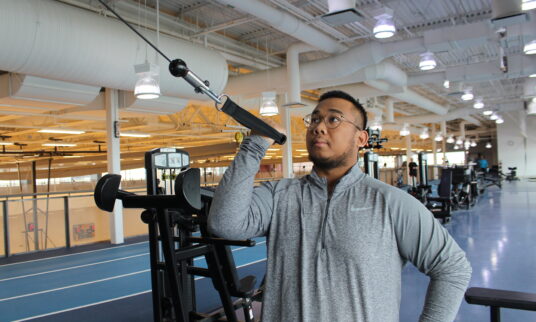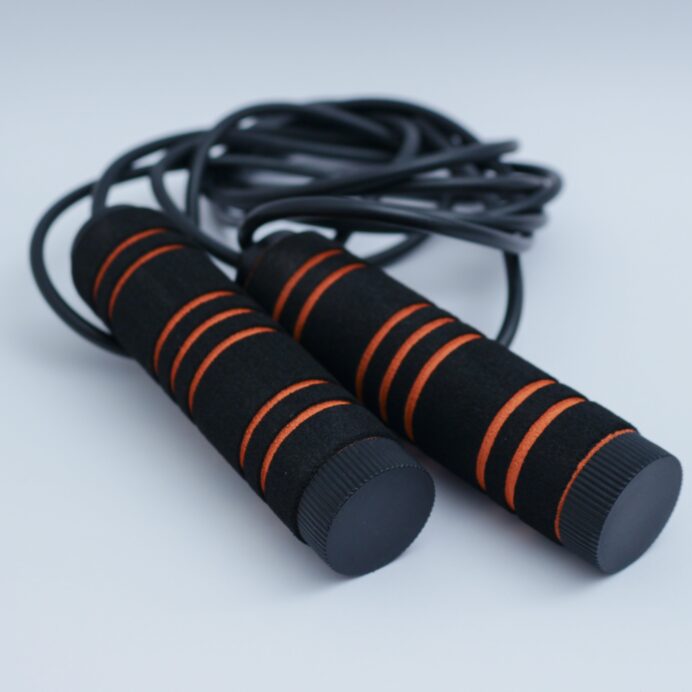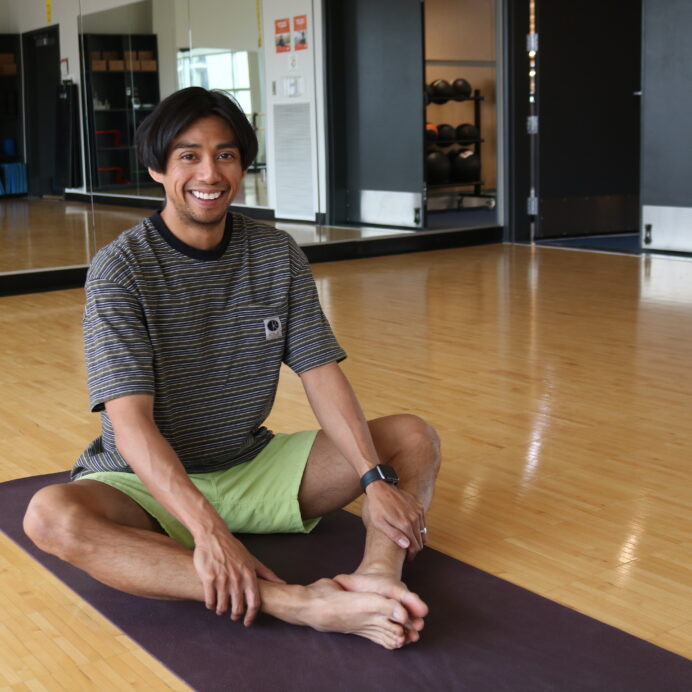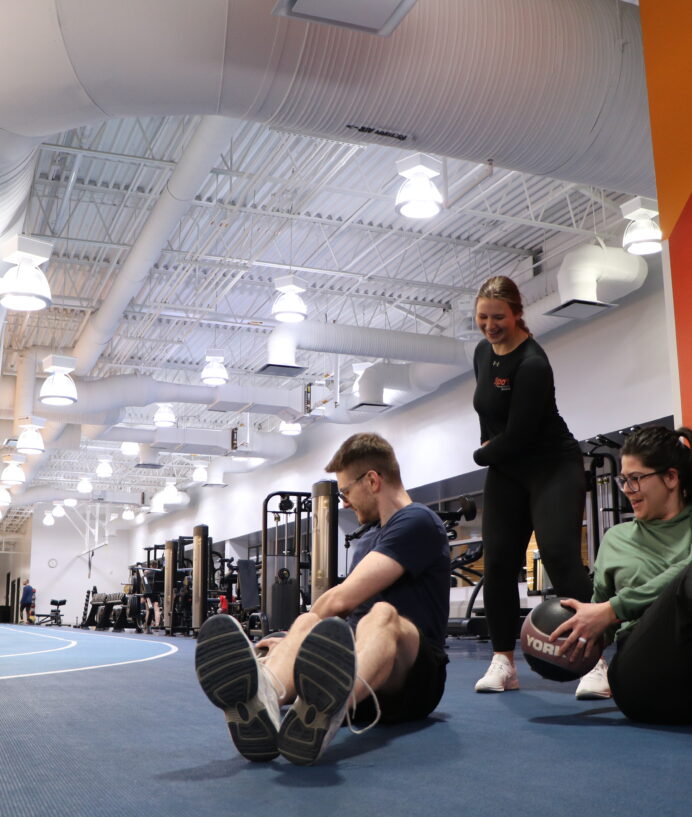By Sam Cortes, Communications Coordinator
The hip flexor muscles are an important muscle group used in everyday activity and sport. However, it is very common for people to neglect hip flexor exercises in their strength training.
What Are Hip Flexors?
There are five key muscles contributing to hip flexion. The two main muscles and prime movers of the hip flexor group are:
- Psoas major – attaching at either side of the lower spine and down to the femur
- Iliacus muscle – attaching from the hip bone to the femur
These two muscles, often known as the iliopsoas, aid in postural stability when standing tall and getting up from lying down.
The other three muscles are:
- Rectus femoris
- Pectineus
- Sartorius
These three muscles aid in flexing the hip, i.e. bringing the knee closer to the chest (Physiopedia, 2023).
Click here to view a detailed diagram of hip flexor muscles.
Why Should We Train Our Hip Flexors?
How often do you spend your day sitting? Perhaps often if you have an office job, a job that requires a lot of driving, or if you’re a student who is sitting in a classroom all day long.
Regardless of the reason, when we sit for prolonged periods of time, it places the hip flexors in a shortened position. Staying in this shortened position, the hip flexors become weak and/or tight, leading to issues such as hip pain and lower back pain (Physiopedia, 2023).
Maximizing hip flexor strength is also beneficial for athletes where running and jumping are essential in their sports. In running, the hip flexors assist with bringing the free leg forwards and up.
In jumping movements, controlling the hip flexors slowly contributes to the explosiveness during the ascending phase. Therefore, the hip flexors aid in the unloading phase of the jumping movement (Deane et al., 2005).
Your hip flexors play a major role in everyday activities, such as running, walking, sitting up and down from a chair, and in sports such as hockey, track and field, basketball and more. It is important to train your hip flexor muscles with isolated strengthening and stretching exercises to improve overall function and athletic performance.
4 Hip Flexors Exercises You Can Add to Your Next Leg Day Session
Seated leg lift over a cone
Keeping your leg fully extended, lift it up and over a cone or an object. The taller the object, the higher you’ll have to lift the leg. Then, lift the leg up again and return to starting position. Try to keep your trunk still and focus the movement just at the hips. Repeat with the other leg and cone placed on the other side.
Banded standing marches
In a standing position with a mini resistance band looped around your feet, have your arms fully extended against a wall. Then, perform a “marching” movement with one leg by lifting your leg to about 90 degrees, then slowly bring the leg back to the starting position. Repeat with the other leg.
Supine isometric hip flexion
Laying on your back, have a resistance band looped around your feet and bring your hips and knees flexed to 90 degrees. Slowly extend one leg out until it is straight while keeping the other leg in a flexed position. Return the extended leg back to the starting position. Repeat with the other leg.
Half kneeling hip flexor stretch
Grab a mat and get into a half kneeling position. Your forward leg should be at about a 90-degree angle at the hip and knee. Keeping your trunk upright, squeeze the glute of your back leg and drive your hips forward. The stretch should be felt on your back leg at the front of the hip. Hold this position for 30 seconds then repeat with the other leg. Perform for a total of one minute per leg.
References
Physiopedia. (2023). Hip flexors. https://www.physio-pedia.com/Hip_Flexors#:~:text=The%20hip%20flexors%20consist%20of,%2C%20rectus%20femoris%2C%20and%20sartorius
Deane, R. S., Chow, J. W., Tillman, M. D., & Fournier, K. A. (2005). Effects of hip flexor training on sprint, shuttle run, and vertical jump performance. Journal of Strength and Conditioning Research, 19(3), 615-621.
